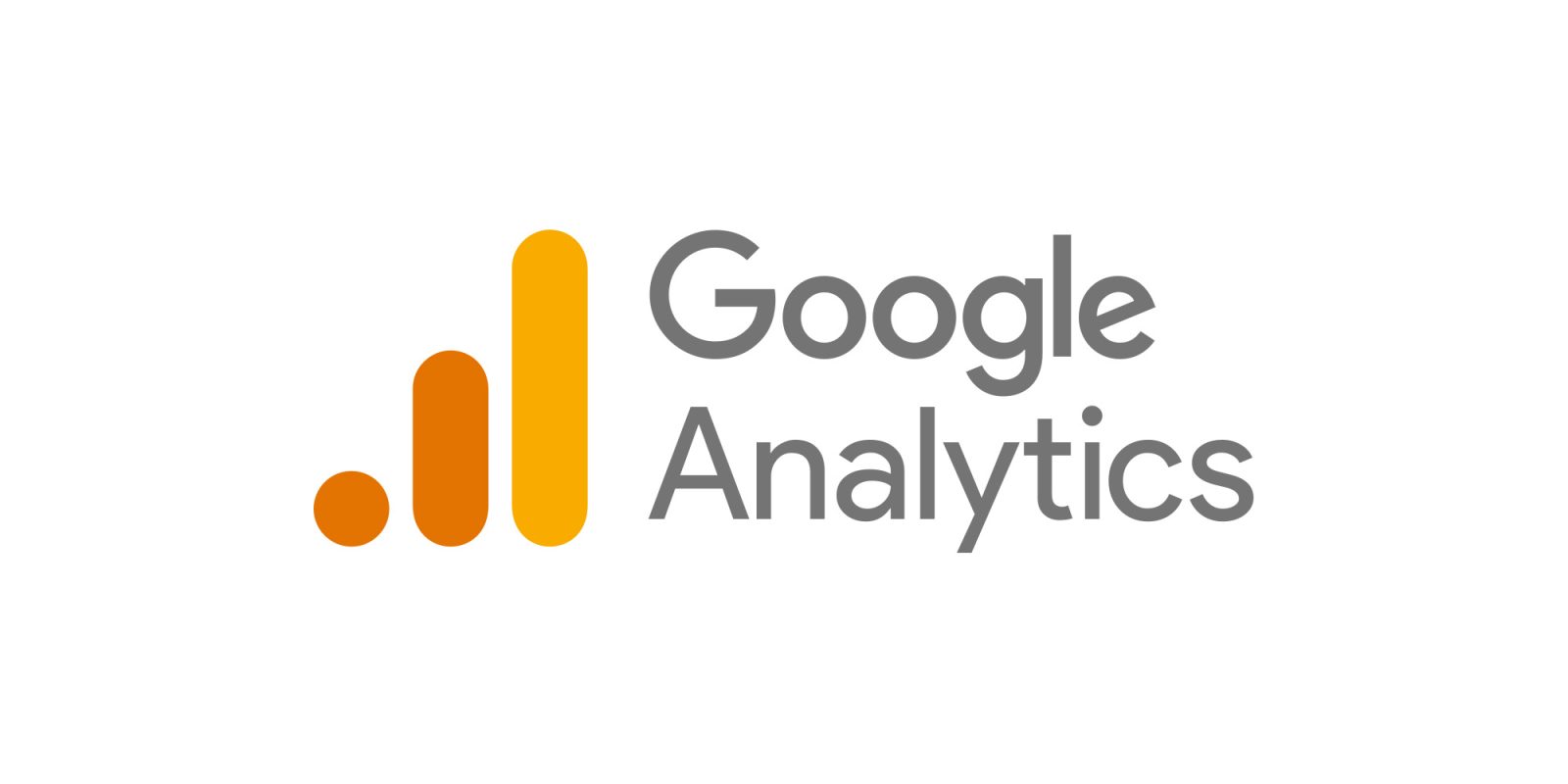Google Analytics


Google has started pulling the plug on Universal Analytics today, as GA4, the new standard, takes over.
Expand Expanding Close
Today was the day Google was supposed to kill the original analytics. But it is still up as of this writing. On what is supposed to be GA4 day, we present to you competitor Matomo‘s hilarious, soon to be viral, parody called Googleheimer.
Expand Expanding Close
A developer and privacy advocate has created a demo app that beeps every time your computer sends any data to Google. Spoiler alert — it’s a very noisy app.
Expand Expanding Close
Last Friday, several Google products saw outages, but the company’s ad products were among the most hard hit with reporting delays for several hours. Now, Google has confirmed another reporting outage for AdSense, Google Ads, and some other products.
Expand Expanding Close
Analytics are a key part of running any website, and Google Analytics has been a favorite for many thanks to its powerful tools and relatively easy setup. Now, after more than a decade, Google Analytics is pulling the plug on Universal Analytics as it shifts to a new standard.
Expand Expanding Close
Google Analytics is down and facing a “service disruption” for some users this evening. For those affected, the stats tool is blank and not loading any data.
Expand Expanding Close
Back in March, Google released a useful Analytics-powered dashboard for newsrooms. Great on large screens, Realtime Content Insights (RCI) is now integrating trending topics from Google Trends.

Last week, Google marked the one year anniversary of its Google News Initiative aimed at supporting publications with new technology and funding. The company today announced new analytics tools to help news organizations make better use of incoming data.

The Google Material Theme is continually sweeping through the company’s Android apps, with some notable redesigns on the web with Google Keep and soon Contacts. Google Analytics is now the latest service to get some tweaks on desktop.

We all know Google is in the business of analytics, whether it’s as a service to help web developers or to help improve the relevance of ads you’re shown. Android developers even have the option of putting Google Analytics into their apps to better understand their users actions and decisions.
It comes as no surprise to me that Google’s Fuchsia Team has decided to build analytics directly into the operating system.

Google products like Search and Photos are pretty adept at answering queries asked in plain English. It allows people to search and issue commands as if they are asking or talking with an actual person. The company is now bringing this natural language processing to work-focused applications of Google Analytics.
Expand
Expanding
Close


Announced on the Google Developers blog, the Google Marketing Next 2017 keynote livestream now has an official date and time: Tuesday, May 23rd at 9:00 a.m. PT. You can register to watch the livestream (although that’s not exactly necessary to do so) over at Google’s website.


Today Google has introduced a nifty new reporting feature to its Google Analytics app, “Automated Insights.” With the new feature, the app can now show specific reports, which previously would have taken hours to create, as soon as the app is opened.


Update: The new app also lets users share reports with anyone.
Google’s Analytics app has finally been updated to bring it up to date with the all-important Marshmallow-ified version of the Material Design ethos introduced originally with Android Lollipop. That means the top status bar blends in to the color scheme of the app which is now (mostly) bright orange.
I guess it’s fair to say that either the Analytics Android app hasn’t been a big priority, or that it’s used so infrequently that no one noticed the update hadn’t landed sooner, or both. Regardless, version 3.0 for Android is being rolled out, and has the new design and a new logo to go with it.


A multi-screen world poses a great challenge to developers creating a consistent experience for consumers. It is equally hard for marketers to track the effectiveness of their advertisement campaigns. With the Analytics 360 Suite, Google hopes to provide an enterprise-class solution that integrates several data and marketing analytics products.

Have you ever wondered what the most commonly searched terms which lead to your site appearing in Google’s results are? Or maybe the top queries on mobile that lead to your site appearing in results? Well, Google has offered a Search Analytics Report in the Google Search Console for some time which provides this exact kind of data (where have you been?), and now it has created an API developers can use to play around with this data in their own apps.
It’s called the Search Analytics API and with it, developers get access to all the data on traffic that has come to them through search, and can sort it by parameters like country to gain insights into, for example, what are the top queries in India that lead to visitors.
The potential here is for developers to create graphical user interfaces to this data, so less tech savvy individuals would gain the ability to sift through their search data without needing prior knowledge on how to use an API.

Google Analytics for iOS has received an update this evening that bumps it to version 1.2.0. The update includes a handful of features, such as new comparison capabilities and some small interface tweaks.


In a post on its Analytics Google+ page, Google has announced that it’s adding Treemaps support to the Acquisition section of AdWards Analytics. Treemaps, Google says, bring quick visual insights to your AdWords performance.


Today, Google announced that it has integrated Google Analytics statistics into its Publisher Toolbar. This gives website administrators fast access to performance statistics, making it easier for them to gauge trends and other data related to their web properties. Available to download from the Chrome Web Store, the Publisher Toolbar also lets you quickly monitor individual ad stats and block inappropriate content from your website.

Google has added yet another official application to its iOS App Store portfolio: Google Analytics. Analytics is Google’s popular service that allows website owners to manage and view data such as page views, demographics, and the technologies users utilize to access the website. The iPhone app also has the neat Real Time reports feature that allows website owners to view how many people are on the website at the current time. Google launched an optimized version of the Analytics app last year on Android and debuted a related AdWords app on iOS just last week. Like all Google apps, the Analytics program is on the the App Store for free.

 Google Goggles received a decent update today that brings more than a few new features and enhancements. Most notably, users no longer have to enable search history to use the “search from camera” function. Google also noted object tracking in continuous mode is now “faster and more robust.” Google then explained a number of ways it improved scanning QR codes with a URL encoded:
Google Goggles received a decent update today that brings more than a few new features and enhancements. Most notably, users no longer have to enable search history to use the “search from camera” function. Google also noted object tracking in continuous mode is now “faster and more robust.” Google then explained a number of ways it improved scanning QR codes with a URL encoded:
– When scanning a QR code that has a URL encoded:
– The thumbnail of a page is shown
– URL is checked against a malicious URL blacklist
– More complete barcode coverage
– Support for non-autofocus cameras
– When Goggles fails to find an exact match – search for products that look similar.
As always, the updated version of Google Goggles for Android devices running 2.2 and up is free from Google Play now.
Expand
Expanding
Close

As highlighted on the official Google Analytics blog, the company is today announcing the addition of mobile app analytics for three main areas: Acquisition and new users, Engagement (retention, crashes, conversions), and Outcome (app sales and in-app purchases).
New and active users – measure the number of new and active users who launch your app everyday and analyze your most valuable segments.
App versions – keep track of the distribution of active users over the older and newer versions of your app so you know what to support.
Device overview – check out the top mobile devices and OS versions that your app runs on, and optimize the experience for each device.
User behavior – assess how loyal your users are, how frequently they use the app, and the engagement level of each loyalty group.
Engagement flow – visually see the screens, actions and paths users take to move throughout your application in order to optimize usage.
In-App purchases – if you sell virtual or tangible goods in your app, you can measure the number of purchases and the revenue generated.
In addition to the inclusion of the new Mobile App Analytics reports that can be seen in the screenshots above, Google is also rolling out a new Google Analytics Android app (images above via AnalyticsTalk.) If you are interested in checking out the new Mobile App Analytics and app, Google said it would roll out to select whitelisted users. You can sign up to become part of the beta here.

Leaked slides from a confidential deck show Google+ may soon feature Google Analytics integration.
Dutch website Dutchcowboys found the entire deck with screens showcasing the combined services. According to the slides, users will soon have access to total number of visits with percentage of new visits, page views, average time spent on the site, and the bounce rate for their Google+ pages.
Google+ is a social network operated by Google Inc., and Google Analytics is a free service that generates detailed statistics about the visitors to a website. There is currently no way to measure or view Google+ activity other than self-analyzing +1 social engagement.

Google unveiled a new set of Social reports today within Google Analytics.
The Social reports will connect social media and business metrics for precise measurement of a social channel ‘s value. It is notoriously hard for marketers to measure social media’s value, because activity occurs both on and off a website. For example: Social media is growing in popularity and in brand websites, so it has become an epicenter for people to purchase or convert.
“Since social media is often an upper funnel player in a shopper’s journey, it’s not always easy to determine which social channels actually drive value for your business and which tactics are most effective,” explained Group Product Manager Phil Mui on the Google Analytics Blog. “But as the social industry matures, marketers and web analysts need true outcome-oriented reports.”
More information is available below.